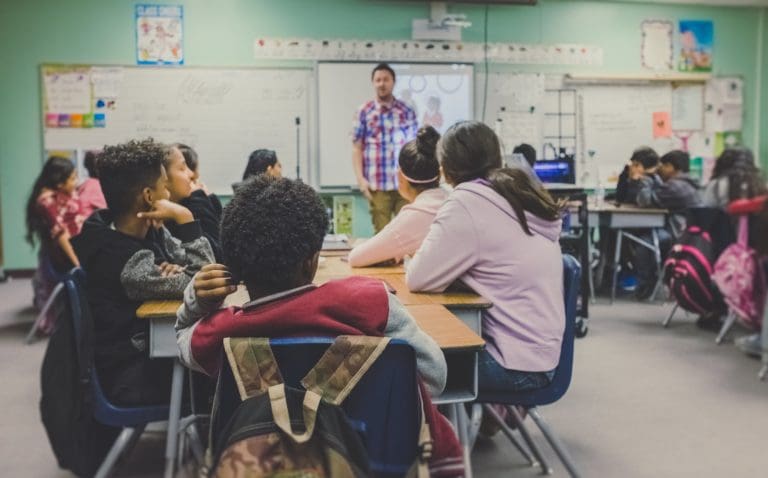A new report from the Organization for Economic Cooperation and Development (OECD), a respected international source for information regarding education around the world, notes that American students spend on average 8,884 hours in school during their elementary and secondary years. By comparison, the average time in school for students in other countries around the world is closer to 7,500 hours. The difference represents more than a full school year of additional time invested by students in the United States.
Some readers may find this information surprising given international comparisons of academic performance that show American students performing generally in the middle. Yet, this information is generally consistent with comparisons going back decades. In recent history, American schools have not significantly lengthened their school years and other countries have not taken big steps to shorten theirs. It is true that some countries have longer school year calendars, but the total number of hours students spend in school in the United States generally far exceeds their international counterparts.
It is also true that American public school teachers spend a larger portion of their days and more total time instructing than the international average. The general attitude in the United States has been that time spent in front of students is the most valuable time and teachers should spend as large a portion of their time in front of students as possible.
The obvious question is why, if American students are spending a full year of additional time in school during their elementary and secondary school years, and teachers are spending a larger portion of their days teaching, are they not significantly out performing their international counterparts? The obvious answer is that what matters most is not how much time is spent, but how time is used.
Our assumption has been that if students spend more time being taught, they will learn more. This seems like a reasonable assumption. However, this focus misses an important point: It is not time or teaching that matters most, it is learning.
We have been so preoccupied with how much teaching is happening—measuring productivity as teacher time in the classroom—that we have missed the key point that learning needs to be the organizing element. What is most important is what is learned, not what is taught.
Many countries provide teachers with much more preparation time to ensure that each moment in the classroom is leveraged to ensure maximum learning. Some countries give students more time and activities for inquiry and discovery rather than subjecting them to as much “telling.” Still others engage students in longer term projects focused on deeper learning and problem solving.
The point is that how the time we have with learners is used is even more important than the amount of time we have. Adding days and hours to the school year will provide little benefit unless the time is used to increase learning opportunities and outcomes, not just more teaching. Consider the Washington D.C. School District initiative from four years ago to add time to the school calendar for several struggling schools, only to discover last year that academic performance did not improve despite the additional time.
The question we need to ask is how we can change learning experiences to improve outcomes. The answer to this question will tell us what educators need to do to design the experiences, support learners, and improve learning results. Of course, instruction will be a part of this formula. But, so will a more active role for learners leading to more investment in and ownership of their learning. Learning grows when learners find the experience purposeful, meaningful, and worthwhile. We can no longer rely on teaching as the sole driver of learning.
What ideas do you have about how we can shift our attention to focus more on learning than the time spent teaching? How can we find the correct balance between the time we spend telling and the time students spend learning?
Resource:
OECD. (2019). Education at a glance 2019: OECD indicators. Paris, France: OECD Publishing.



